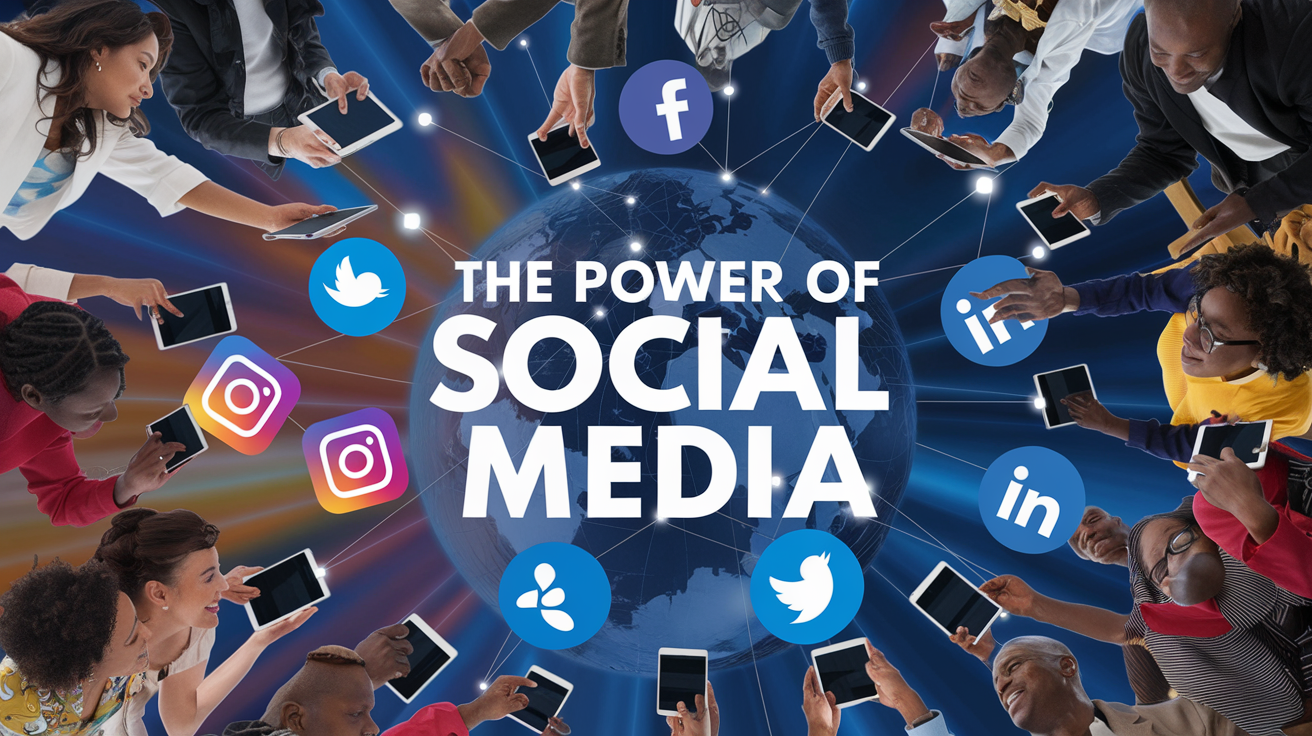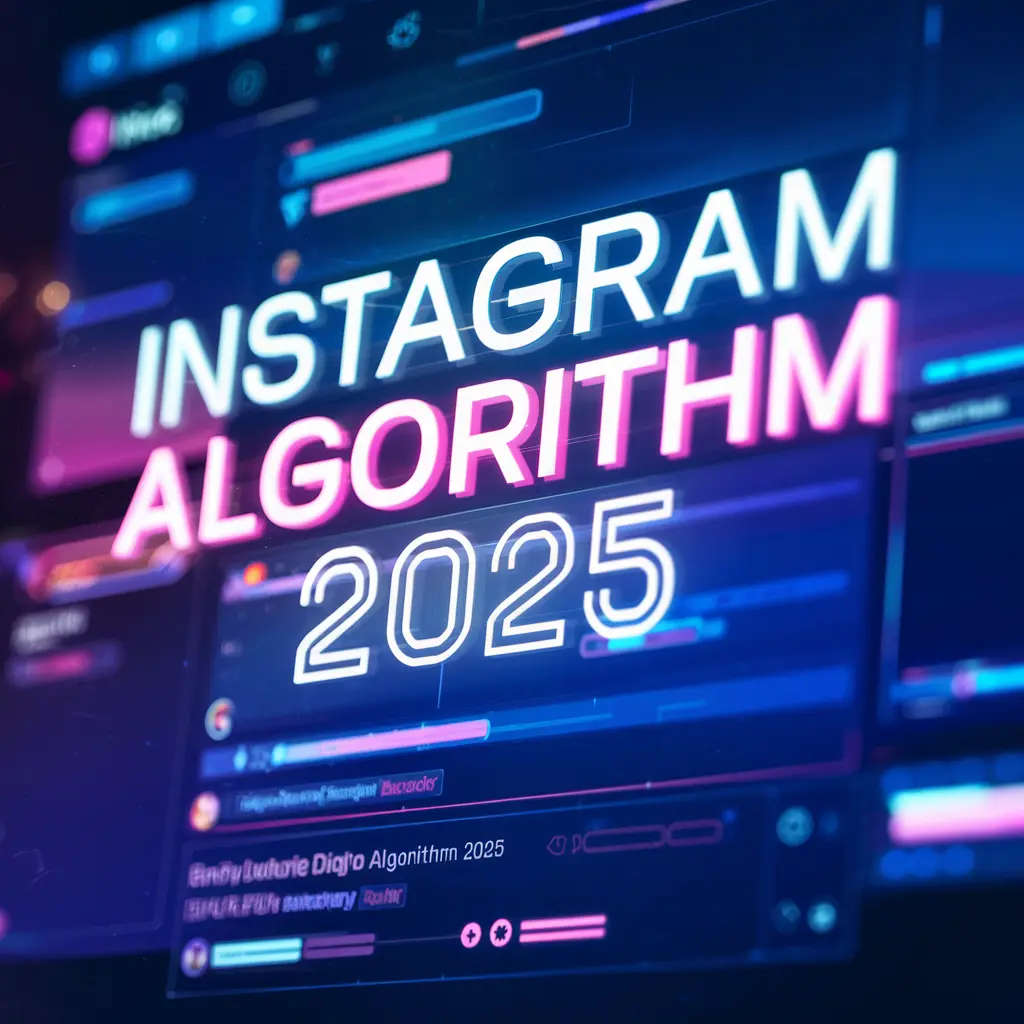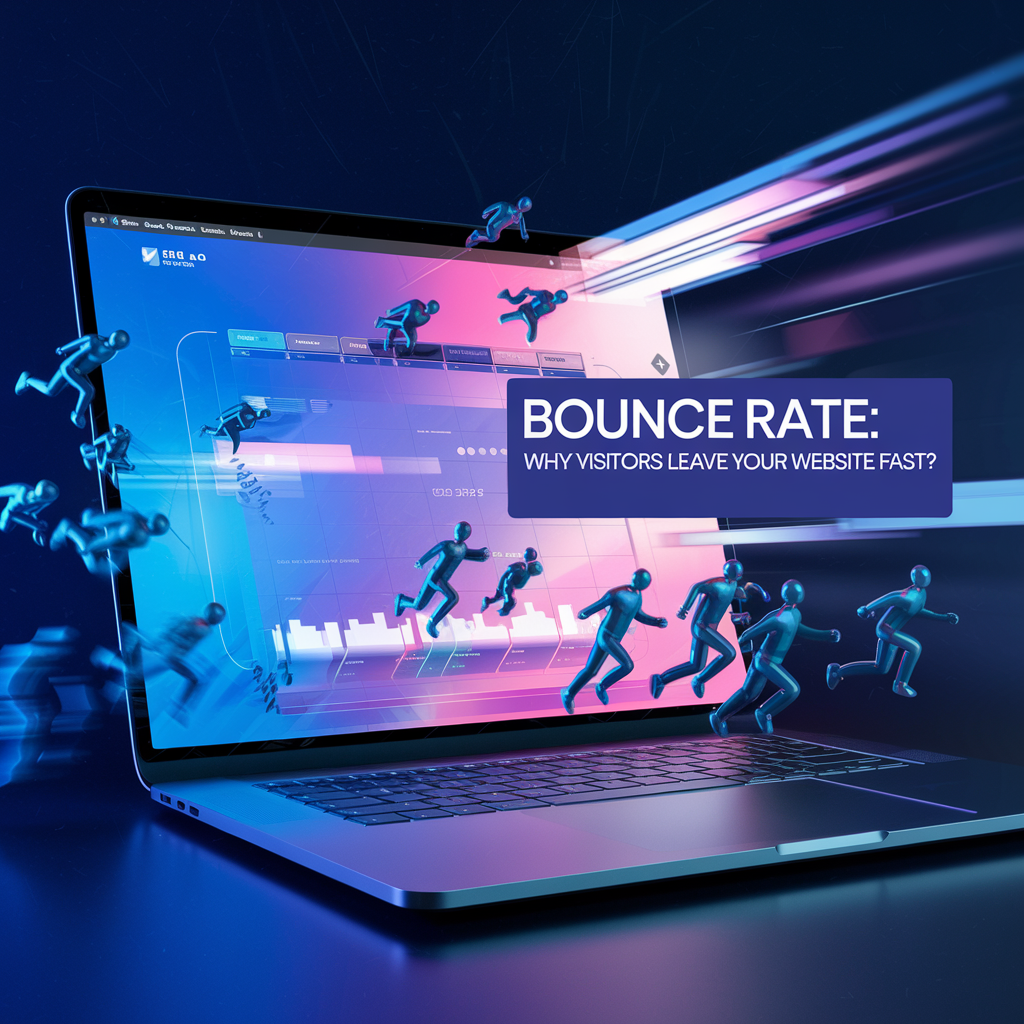In today’s digital age, it’s hard to imagine a world without social media. But have you ever stopped to consider why these platforms have become so integral to our daily lives? 🤔 We’re not just talking about sharing selfies or catching up with friends – social media has revolutionized the way we do business, communicate, and even perceive the world around us.
As business owners and marketers, we’ve witnessed firsthand the incredible power of social media to transform brands and connect with audiences in ways we never thought possible. From expanding our reach to boosting engagement and driving traffic, the benefits are undeniable. But that’s just the tip of the iceberg! 🏔️ Social media has also become an invaluable tool for market research, cost-effective marketing, and even improving customer service.
So, buckle up as we dive into the seven key reasons why social media is not just important, but essential in today’s business landscape. From brand visibility to lead generation, we’ll explore how these platforms can be the game-changer your business needs to thrive in the digital era. 🚀
Expands Brand Visibility
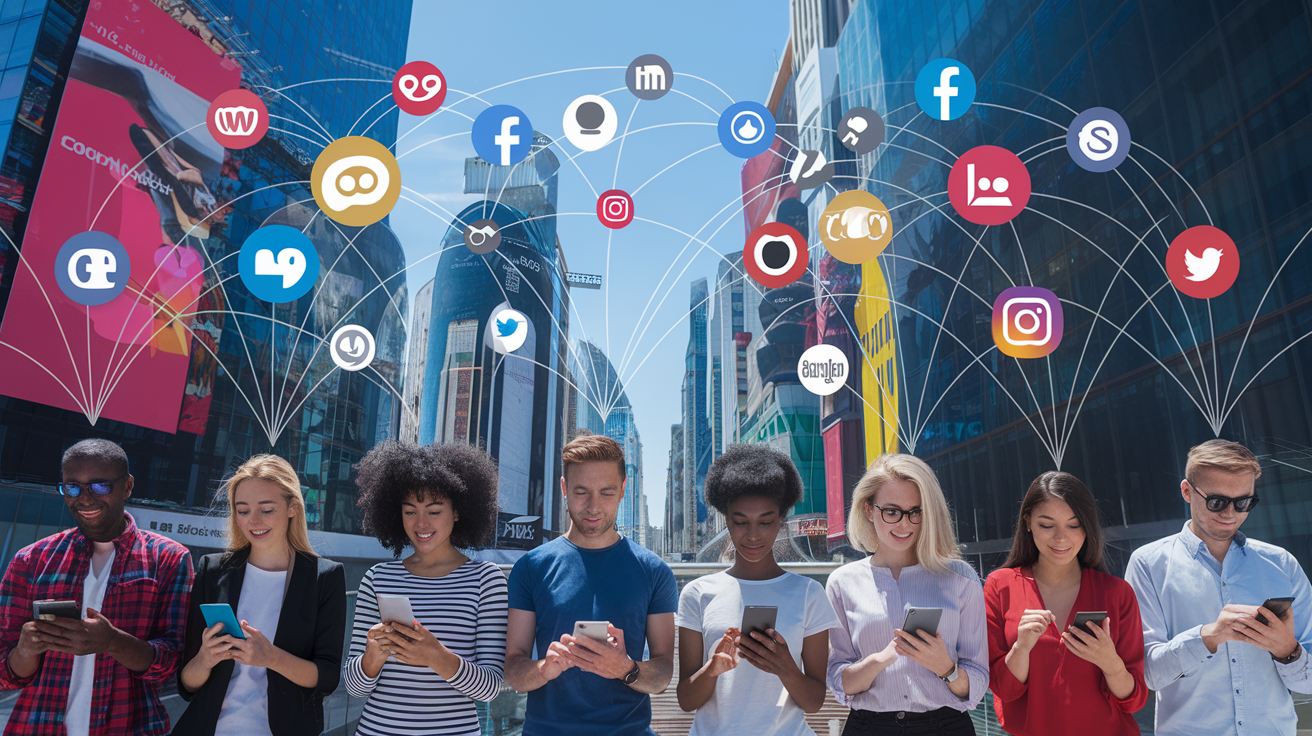
Increases audience reach
Social media platforms have become a powerful tool for expanding our brand’s visibility. With billions of active users across various platforms, we can reach a vast audience that was previously inaccessible through traditional marketing channels. By strategically using social media, we can:
- Target specific demographics
- Engage with users in different time zones
- Leverage platform-specific features for maximum reach
Here’s a comparison of potential audience reach across popular social media platforms:
| Platform | Monthly Active Users |
|---|---|
| 2.8 billion | |
| 1 billion | |
| 330 million | |
| 740 million |
Enhances brand recognition
Consistent presence on social media significantly boosts our brand recognition. We can achieve this by:
- Maintaining a cohesive visual identity across platforms
- Regularly posting valuable content
- Interacting with followers and industry influencers
Facilitates content sharing
One of the most powerful aspects of social media is its ability to facilitate content sharing. When we create engaging content, our followers become brand ambassadors, sharing our message with their networks. This organic spread increases our visibility exponentially. To encourage sharing, we should:
- Create shareable content formats (infographics, short videos)
- Use relevant hashtags to increase discoverability
- Encourage user-generated content through contests or challenges
By focusing on these aspects, we can significantly expand our brand visibility through social media. Next, we’ll explore how social media boosts customer engagement, taking our online presence to the next level.
Boosts Customer Engagement

Enables direct communication with customers
In the realm of social media, we have an unprecedented opportunity to connect with our customers on a personal level. Through platforms like Facebook, Twitter, and Instagram, we can engage in real-time conversations, addressing queries and concerns promptly. This direct line of communication helps us build trust and loyalty with our audience.
Provides real-time feedback and support
Social media platforms allow us to offer immediate assistance to our customers. We can:
- Monitor mentions and hashtags
- Respond to comments and direct messages
- Address issues before they escalate
This real-time interaction not only improves customer satisfaction but also provides valuable insights into our products or services.
Builds community around your brand
By fostering a sense of community, we create a space where customers feel valued and heard. We can:
- Host live Q&A sessions
- Create branded hashtags for customers to use
- Share user-generated content
- Organize social media contests and giveaways
These activities encourage active participation and strengthen the bond between our brand and our customers.
Encourages user-generated content
User-generated content (UGC) is a powerful tool for boosting engagement. We can leverage UGC by:
| Strategy | Benefit |
|---|---|
| Featuring customer photos | Increases authenticity |
| Sharing customer reviews | Builds trust |
| Running UGC campaigns | Encourages participation |
| Reposting customer stories | Creates emotional connections |
By encouraging our customers to create and share content related to our brand, we not only increase engagement but also benefit from authentic, relatable marketing material.
Drives Website Traffic
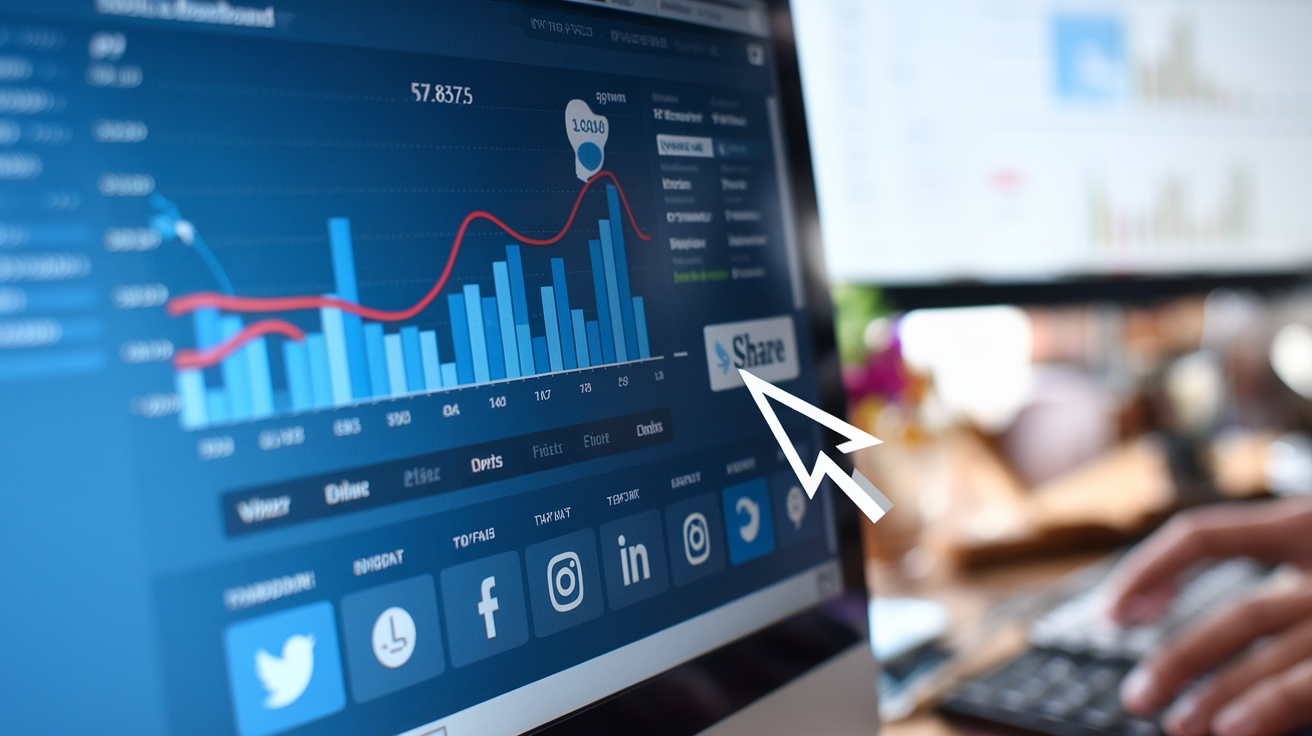
Acts as a funnel to your website
Social media platforms serve as powerful gateways to our website, creating a seamless funnel for potential customers. By strategically sharing content and engaging with our audience, we can effectively guide users from various social platforms directly to our website. This process not only increases traffic but also helps in nurturing leads and converting casual browsers into loyal customers.
Improves search engine rankings
Leveraging social media can significantly boost our search engine optimization (SEO) efforts. When we consistently share high-quality content on social platforms, it increases the likelihood of earning backlinks from reputable sources. These backlinks, in turn, signal to search engines that our website is trustworthy and authoritative, potentially improving our rankings in search results.
| Social Media Activity | SEO Impact |
|---|---|
| Consistent posting | Increased visibility |
| Quality content sharing | More backlinks |
| Engagement with followers | Higher domain authority |
| Social shares | Improved brand recognition |
Increases inbound links
By creating and sharing valuable content on social media, we open up opportunities for others to link back to our website. This increase in inbound links not only drives direct traffic but also enhances our website’s authority in the eyes of search engines. Here’s how we can maximize inbound links through social media:
- Create shareable infographics and visual content
- Publish industry-specific research or reports
- Engage in conversations and provide valuable insights
- Collaborate with influencers and industry experts
As we harness the power of social media to drive website traffic, we’ll see a ripple effect that extends beyond mere visibility. Next, we’ll explore how social media can be an invaluable tool for enhancing our market research efforts.
Enhances Market Research

Provides insights into customer preferences
Social media platforms offer a goldmine of information about our customers’ preferences, behaviors, and pain points. By monitoring conversations, hashtags, and engagement patterns, we can gain valuable insights that shape our marketing strategies. Here’s how we can leverage social media for customer insights:
- Track mentions and comments
- Analyze sentiment in customer feedback
- Monitor trending topics within our industry
- Observe user-generated content related to our brand
Allows for competitor analysis
We can use social media to keep a close eye on our competitors’ activities and strategies. This information helps us stay ahead in the market and adapt our approach accordingly. Here’s a comparison of competitor analysis methods:
| Method | Advantages | Disadvantages |
|---|---|---|
| Content analysis | Reveals messaging strategies | Time-consuming |
| Engagement metrics | Quantifies audience response | May not reflect overall performance |
| Follower growth | Indicates brand popularity | Doesn’t measure quality of engagement |
| Campaign tracking | Provides inspiration for our strategies | Requires constant monitoring |
Enables trend tracking
Social media is an excellent tool for identifying emerging trends in our industry. By staying on top of these trends, we can adapt our products, services, and marketing efforts to meet evolving customer needs. We can:
- Monitor popular hashtags
- Follow industry influencers
- Participate in relevant online communities
- Use social listening tools to track broader conversations
Facilitates A/B testing of content
Social media platforms allow us to experiment with different content types, formats, and messaging to see what resonates best with our audience. This data-driven approach helps us refine our marketing strategies and improve engagement rates. We can test:
- Different post formats (text, image, video)
- Varying call-to-action phrases
- Diverse content themes and topics
- Optimal posting times and frequencies
By leveraging these market research capabilities, we can make more informed decisions and create more effective marketing campaigns that truly resonate with our target audience.
Cost-Effective Marketing Tool
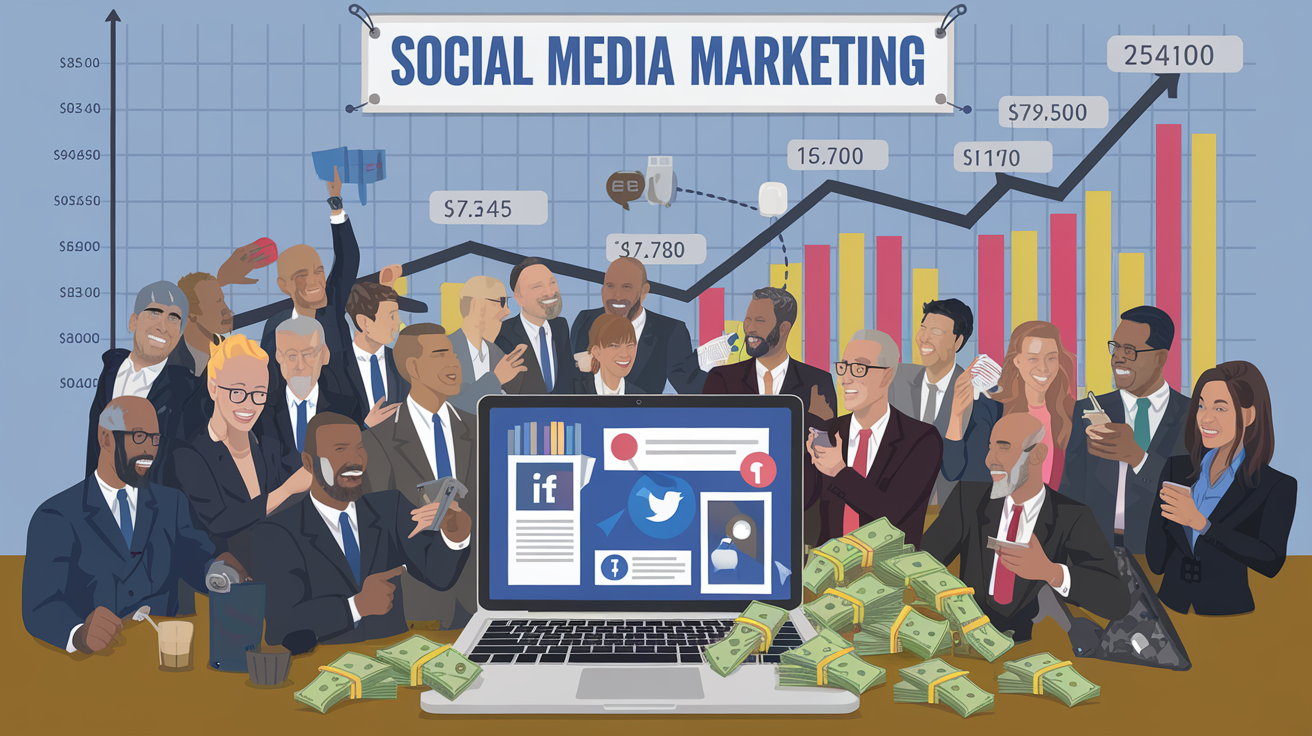
Offers affordable advertising options
Social media platforms provide us with a range of cost-effective advertising options that can fit any budget. We can create targeted ad campaigns on platforms like Facebook, Instagram, and LinkedIn for a fraction of the cost of traditional marketing methods. These platforms offer flexible pricing models, including pay-per-click (PPC) and cost-per-impression (CPM), allowing us to control our spending while maximizing our reach.
| Platform | Minimum Ad Spend | Targeting Options |
|---|---|---|
| $1 per day | Demographics, interests, behaviors | |
| $5 per day | Age, location, interests | |
| $10 per day | Job title, company size, industry |
Provides free organic reach
One of the most significant advantages of social media marketing is the potential for free organic reach. We can create and share valuable content without spending a dime on advertising. By consistently posting engaging content, we can:
- Build a loyal following
- Increase brand awareness
- Drive traffic to our website
- Establish thought leadership in our industry
Allows for targeted marketing campaigns
Social media platforms offer powerful targeting tools that allow us to reach our ideal audience with precision. We can create highly specific audience segments based on:
- Demographics (age, gender, location)
- Interests and hobbies
- Online behaviors
- Job titles and industries
This level of targeting ensures that our marketing messages reach the right people at the right time, maximizing our return on investment and minimizing wasted ad spend.
Now that we’ve explored the cost-effective nature of social media marketing, let’s examine how it can improve customer service and enhance our overall business operations.
Improves Customer Service

Enables quick response to customer inquiries
In today’s fast-paced digital world, we understand the importance of swift customer service. Social media platforms have revolutionized the way we interact with our customers, allowing us to respond to inquiries in real-time. This immediate accessibility not only satisfies customers but also showcases our commitment to their needs.
Provides a platform for public problem-solving
We’ve found that social media offers a unique opportunity for transparent problem-solving. When we address customer concerns publicly, we:
- Demonstrate our dedication to customer satisfaction
- Show potential customers how we handle issues
- Create a knowledge base for common problems
- Foster a sense of community among our followers
Enhances brand reputation through transparent communication
Transparency is key in building trust with our audience. Through social media, we can:
| Transparency Action | Benefit to Brand Reputation |
|---|---|
| Share behind-the-scenes content | Humanize our brand |
| Address concerns openly | Show accountability |
| Celebrate customer success stories | Build social proof |
| Admit and correct mistakes | Demonstrate integrity |
By leveraging social media for customer service, we’re not just solving problems; we’re building lasting relationships and strengthening our brand’s reputation in the digital marketplace. This approach aligns perfectly with our goal of using social media as a powerful tool for business growth and customer satisfaction.
Facilitates Lead Generation

Captures potential customer information
In the realm of lead generation, social media platforms serve as invaluable tools for capturing potential customer information. We can leverage various features such as:
- Lead generation forms
- Social media contests
- Gated content offers
- Profile information
These methods allow us to collect crucial data points, including:
| Data Point | Importance |
|---|---|
| Email addresses | Primary contact method |
| Demographics | Tailoring marketing efforts |
| Interests | Personalizing content |
| Behavior patterns | Predicting future actions |
Nurtures leads through consistent engagement
Once we’ve captured potential leads, social media provides an excellent avenue for nurturing them. We can:
- Share valuable content regularly
- Respond promptly to inquiries
- Offer exclusive deals to followers
- Create interactive polls and surveys
This consistent engagement keeps our brand top-of-mind and builds trust with our audience.
Converts followers into customers
The ultimate goal of our lead generation efforts is to convert followers into customers. Social media facilitates this by:
- Showcasing product benefits
- Sharing customer testimonials
- Offering special promotions
- Providing easy purchase options
We can also use retargeting ads to reach users who have shown interest but haven’t made a purchase yet. By strategically combining these tactics, we can effectively guide potential leads through the sales funnel, transforming them from casual followers into loyal customers.
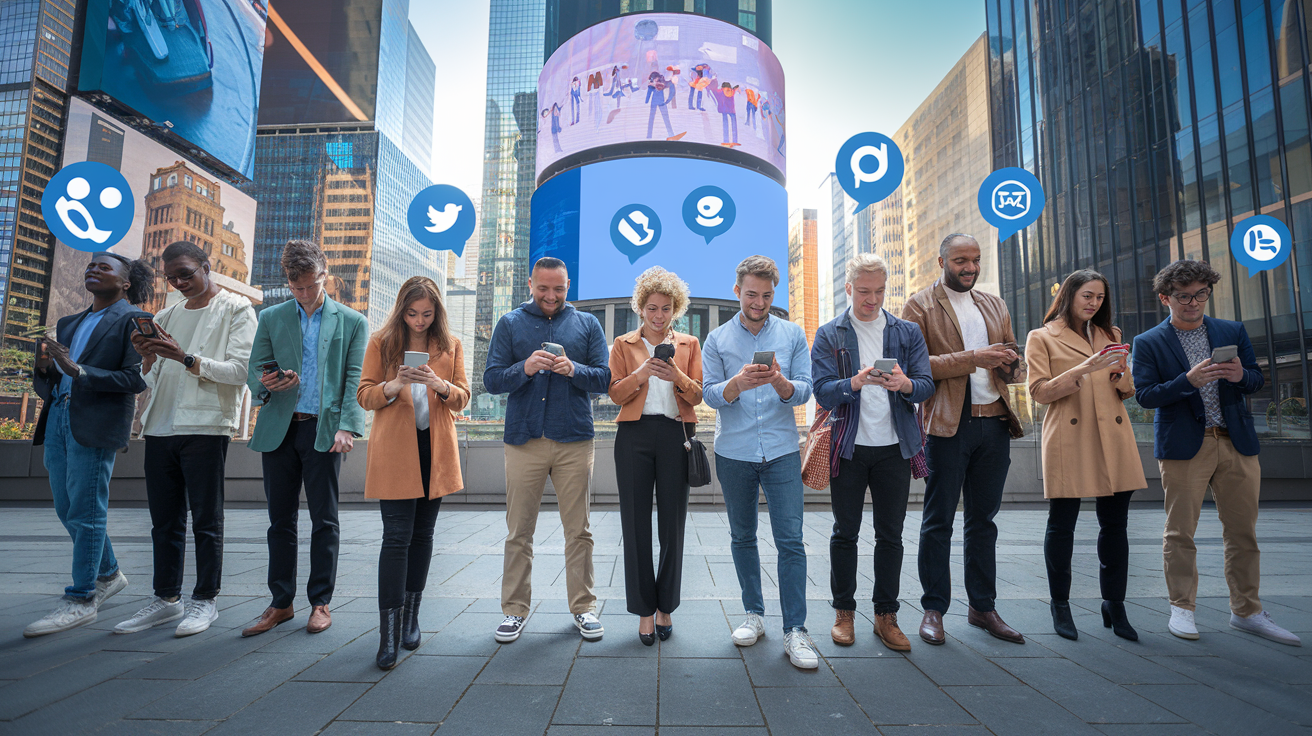
Social media has become an indispensable tool for businesses in today’s digital landscape. We’ve explored how it expands brand visibility, boosts customer engagement, and drives website traffic. Moreover, we’ve seen how social platforms enhance market research capabilities, provide cost-effective marketing solutions, improve customer service, and facilitate lead generation.
As we move forward in this increasingly connected world, embracing social media is no longer optional—it’s essential for business growth and success. We encourage you to leverage these powerful platforms to their full potential, creating meaningful connections with your audience and staying ahead in your industry. Remember, the social media landscape is ever-evolving, so stay adaptable and keep learning to make the most of these invaluable tools.
Related Blog Posts:
2.Content Writing vs Copywriting: The Battle of Impact and Influence
